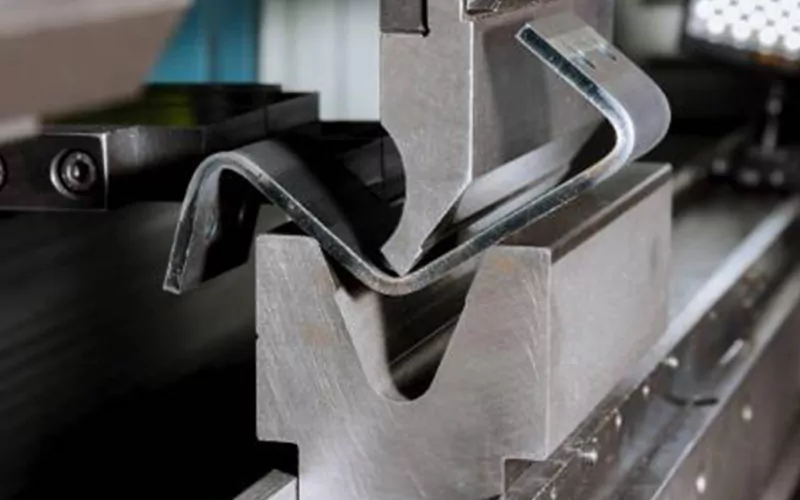When it comes to custom cut sheet metal, selecting the right material is crucial for the success of your project. The material you choose will impact the final product's strength, durability, appearance, and cost. With a wide range of options available, it's essential to understand the characteristics of each material to make an informed decision.
Factors to Consider
Before diving into the specific materials, it's important to consider the factors that will influence your choice. These factors include:
- Strength requirements
- Corrosion resistance
- Formability
- Cost
- Appearance
Steel
Steel is a popular choice for custom cut sheet metal due to its strength and versatility. It is available in various grades, each offering different levels of strength and formability. Additionally, steel can be coated to enhance its corrosion resistance, making it suitable for a wide range of applications.
One of the key advantages of steel is its cost-effectiveness, especially when compared to other metals. It is widely used in industries such as automotive, construction, and manufacturing.
Aluminum
Aluminum is known for its lightweight and corrosion-resistant properties, making it an ideal choice for applications where weight is a concern. It is commonly used in aerospace, marine, and architectural projects. While aluminum may not have the same strength as steel, it offers excellent formability and can be easily fabricated into complex shapes.
Copper
Copper is valued for its electrical and thermal conductivity, as well as its attractive appearance. It is often used in electrical components, roofing, and decorative elements. While copper is more expensive than steel and aluminum, its unique properties make it a preferred choice for specific applications.
Choosing the Right Material for Your Custom Cut Sheet Metal Needs
When selecting the material for your custom cut sheet metal needs, it's essential to carefully evaluate the requirements of your project. Consider the environmental conditions, structural demands, and budget constraints to determine the most suitable material. Additionally, consulting with a professional in the field can provide valuable insights and ensure that you make an informed decision.
